This post is also available in ITALIANO
Today I’ll tell you about an amazing day of some weeks ago, where I had the chance to closely observe the ceramics – the one I often talk about, the one covering the surfaces and the spaces you love – from two different time perspectives.
I discovered its fascinating story thanks to the visit to a special museum: the Ceramic Museum; while I had a look to its present and future through the lens of FAP Ceramiche, one of the most representative realities in this field.
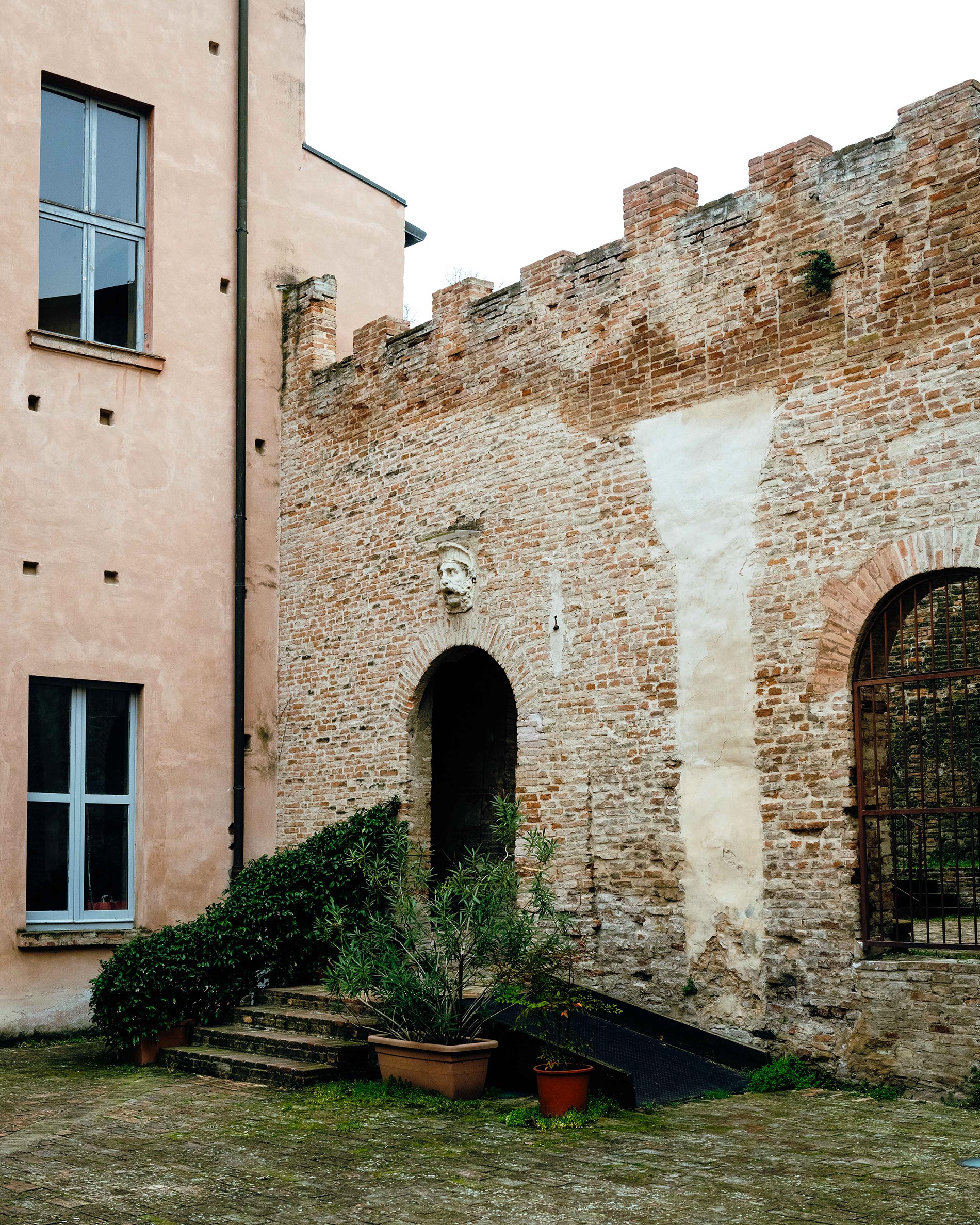
Let’s start from there:
Present and future of the furnishing ceramics
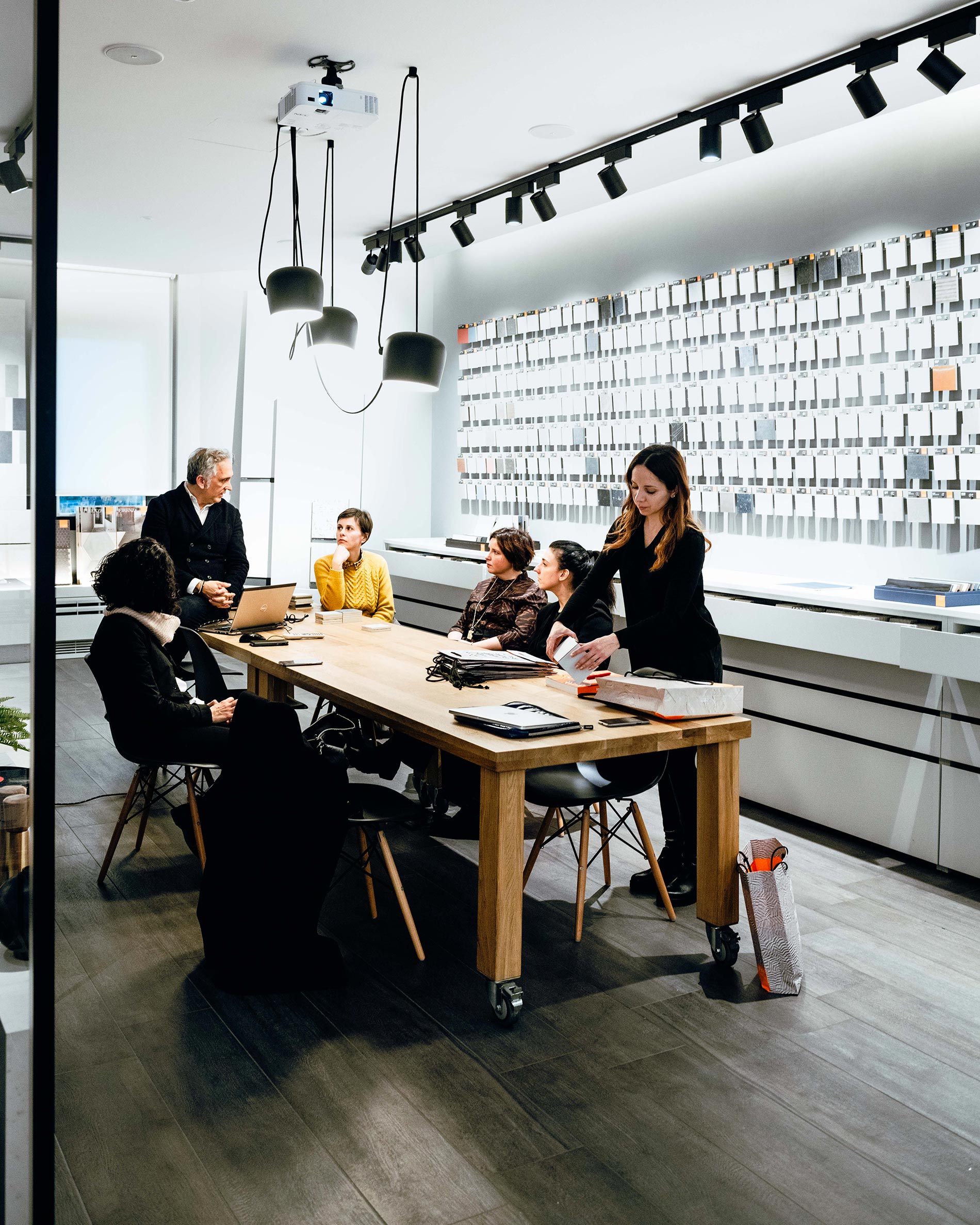
It wasn’t the first I visited the enterprise, but this time our meeting focused on the exhibition itinerary of the showrom. It is divided in collections and inspirations, but my favourite part is the samples’ one, 10×10 models, that let me imagine a lot of different combinations and projects.
My very first time at FAP and my moodboard inspired to the grey shades
I collected different “tozzetti” (that’s how they call them in Fap) and admired again the collections I saw at last edition of Cersaie. However, observing and touching them, inserted in a specific context in all of their different shades gave me different inspirations for my future projects!
As far as Cersaie 2019 is concerned, do you remember my post about bathroom tiles?

From design to the hisotry of ceramics: a leap into the past
The reason of our trip was the visit to the Castle of Spezzano, though. Here you can find the Museum of ceramics since 1996, where the responsible curator Stefania Spaggiari explained us with grat passion every section.

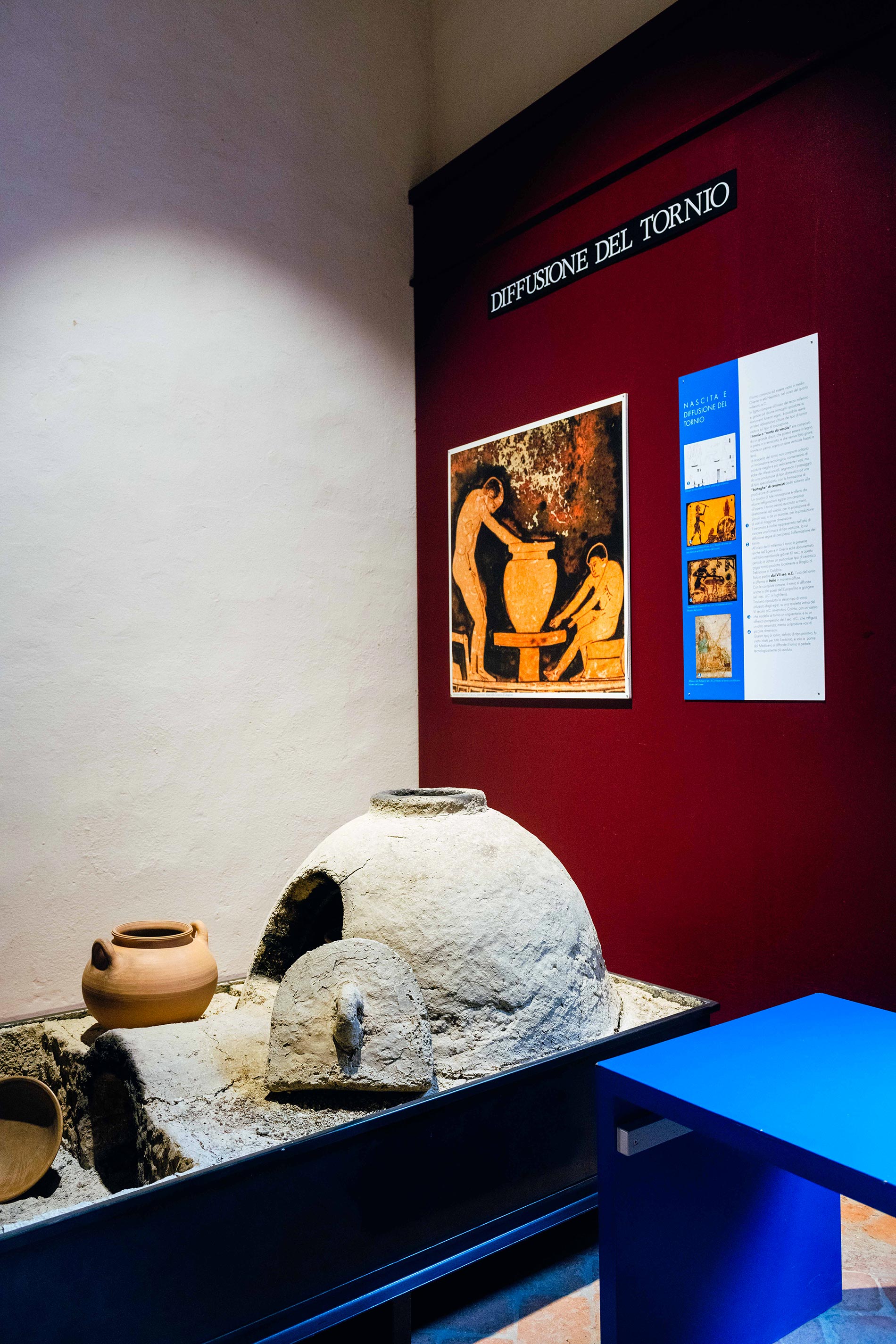
It’s a technological museum explaining the history of ceramics in the geographical area between Modena and Reggio Emilia. The historical section retraces the fundamental phases in a chronological order, from the neolithic age to the present. Of course, the Italian ceramic tradition started in Fiorano 7000 years ago, in the area where there were the very first attempts of working the clay.
From that moment on, through the different historical ages – from the Bronze age to the Iron one, until the Roman age – the production of ceramics had a terrific evolution with no stop; A lot of technological improvements permitted different kinds of use: from functional everyday-life objects to ornamental artifact, to commercial products for the construction industry and architecture, by which we now have our floor and coatings.

Enamelled e glazed ceramics
With the Roman Empire breakdown people assisted to a stop and a remarkable semplification of the ceramics production, that almost ran out during the Middle age.
The production of the enamelled and glazed ceramics was the basis for what we now know as coating ceramics; however it started only form the late Middle Age, when it turned to be a specific artisanal work.
Here I tell the story of the sanitary ware of the area of Civita Castellana.
After the first historical section of the museum, tou can find the one of contemporary history which develops the different phases of the industrialisation and the automation.
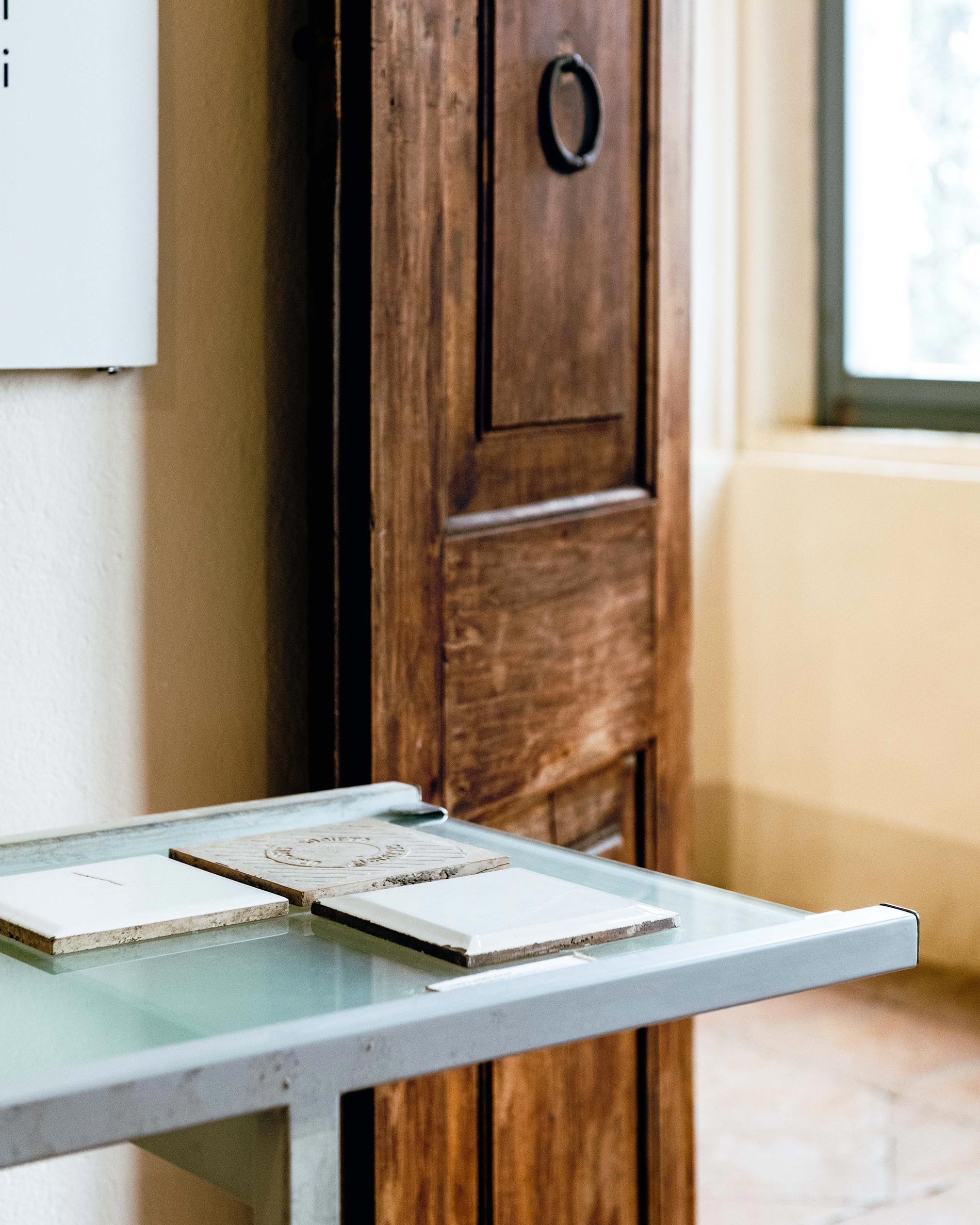

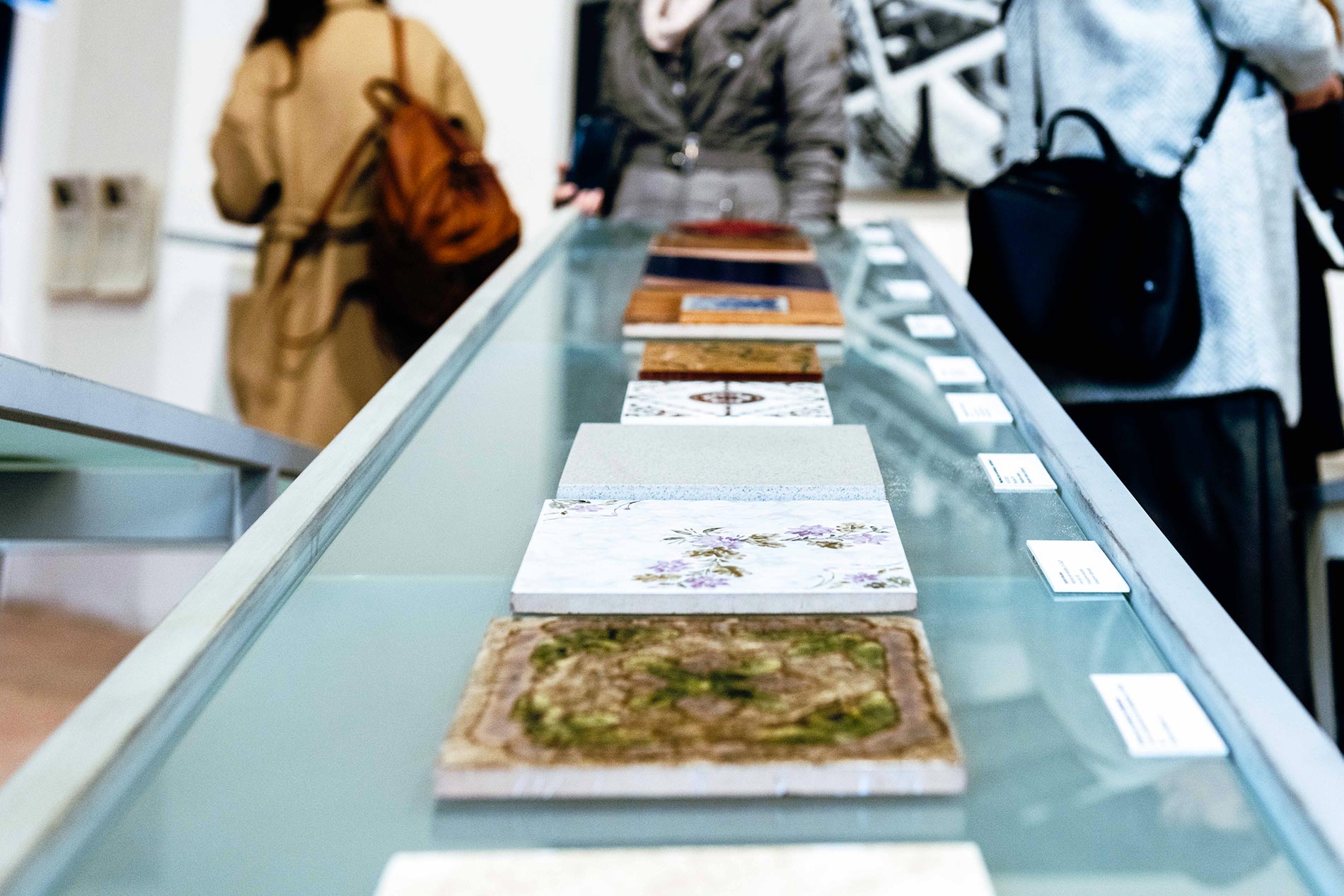
How interesting the places dedicated to the ceramics artworks (including design objects dedicate to Enzo Ferrari) and the most relevant collections of the ceramics district, all set on conveyor belts! It was impossibile not to recognize some famliar tile, maybe part of the the furnishing of our families.
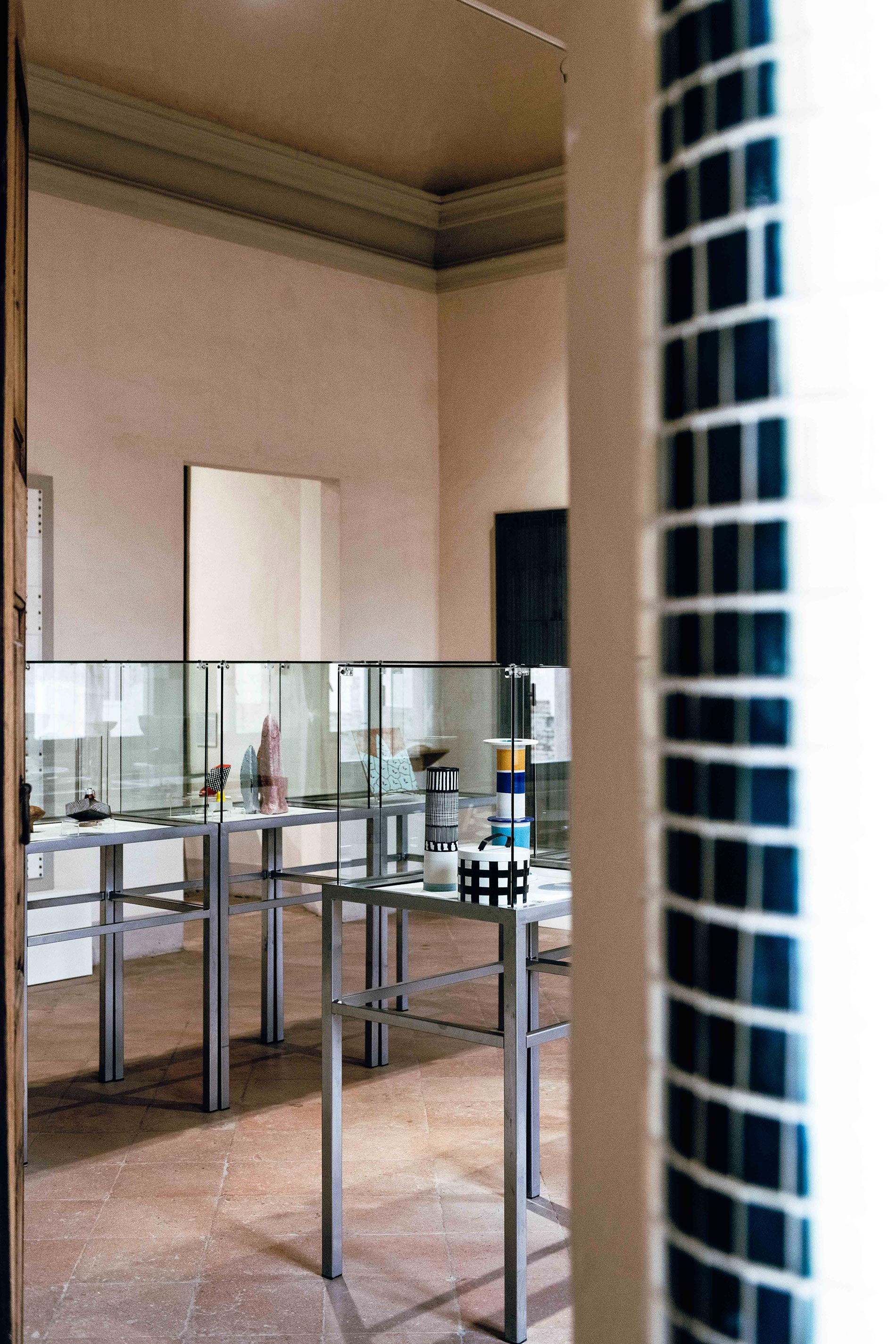
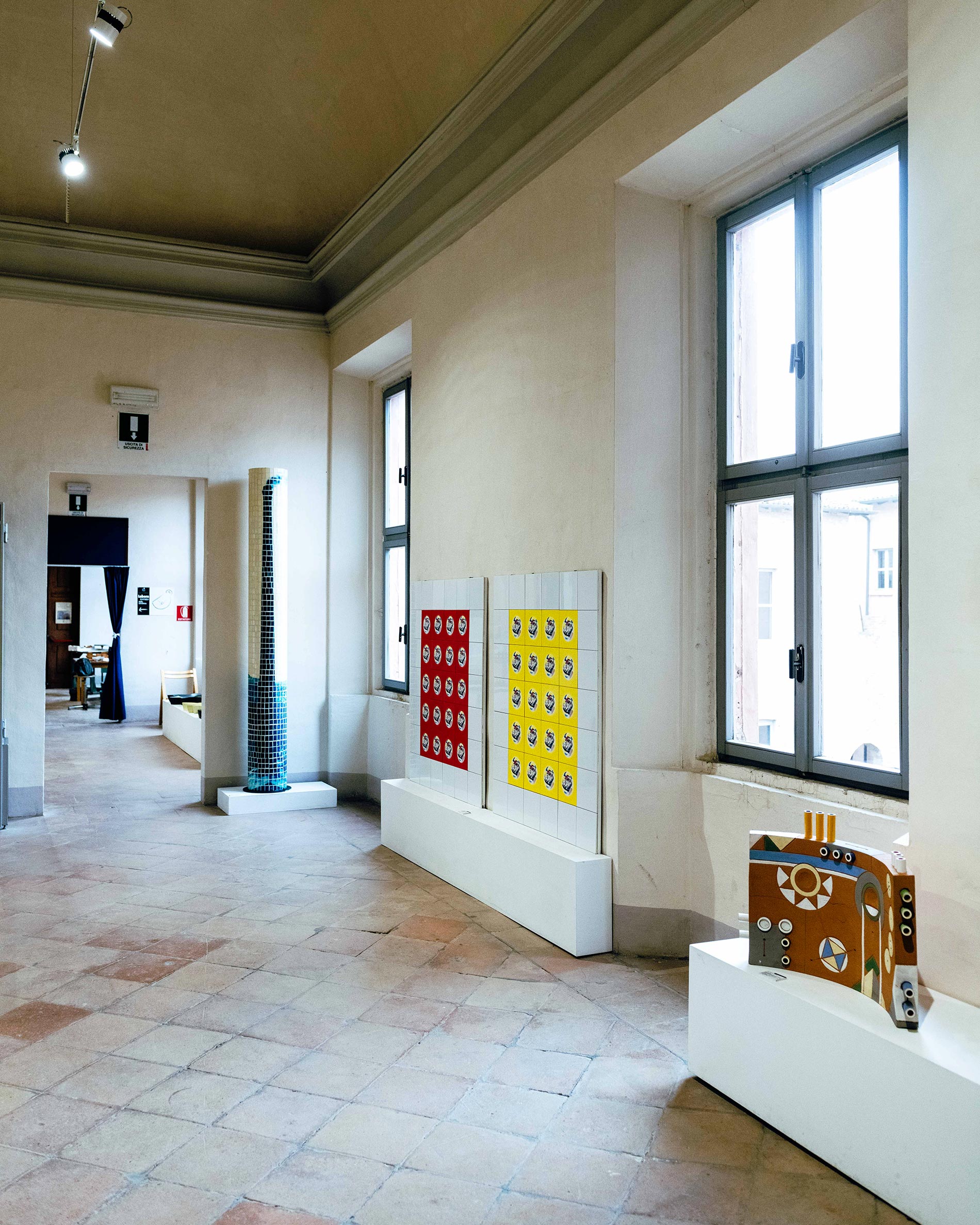
3 fun facts about the history of ceramics
Three things I didn’t know:
- Among the most important Etruscan cities, there was Modena – the ancient Mutina – as a relevant point of commercial exchange.
- That’s where the trademark was born: the artifacts of the area all showed the mark Mutina facet, namely (proudly) made in Modena.
- FAP Ceramiche is based in Fiorano Modenese, the original place where the work of clay started.
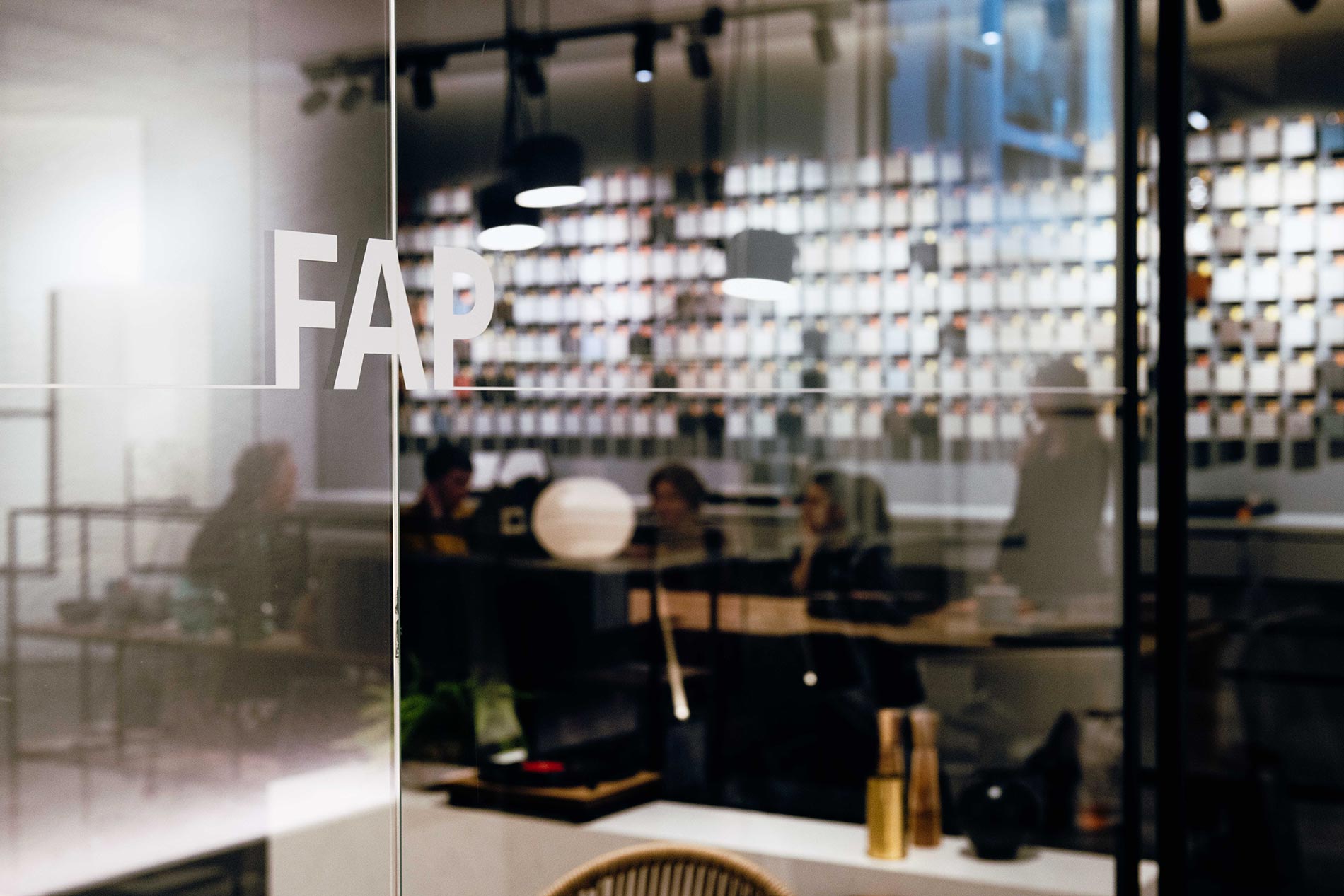
Manodopera: the interactive section of the Museum of Ceramics

The spearhead of the museum is Manodopera, an interactive itinerary telling the history of ceramics through the one of the women and men who made it. A collective history with no names, but instead a lot of faces and hands.
It’s the result of an great research and archive work of real witnesses, Manodopera is an immersive and moving exhibition, which discusses super current themes, like job, trade unions, social disorders, inner immigration and the role of women. Everything through the voices of people who’ve worked in the sector for the last 70 years.

This section underlines the strong bond between the objects made in these places, the places themselves and the people who lived there.
A technological and interactive museum I strongly suggest: it’s really worth the visit and all our support.
Castello di Spezzano is based in Via del Castello, Fiorano Modenese, loc. Spezzano | about | Facebook | Instagram

— This article has been written in collaboration with FAP Ceramiche. As usual the opinions are mine and the pictures taken by Davide Buscaglia. Hope you’ll be willing to support these brands! —


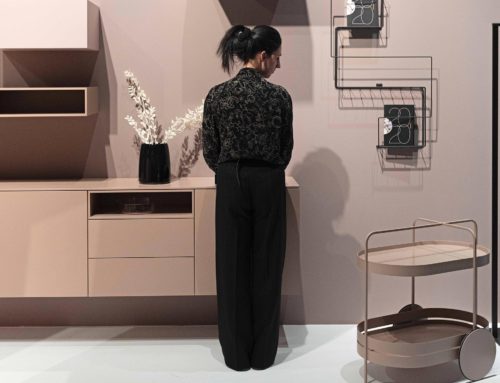

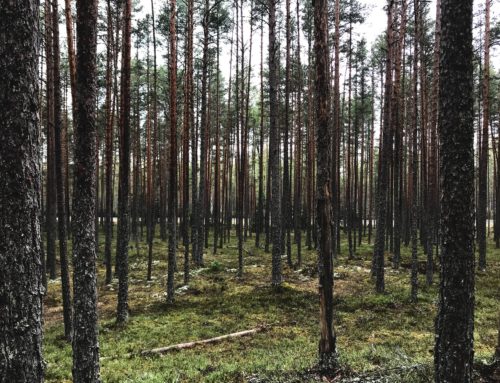
Leave A Comment